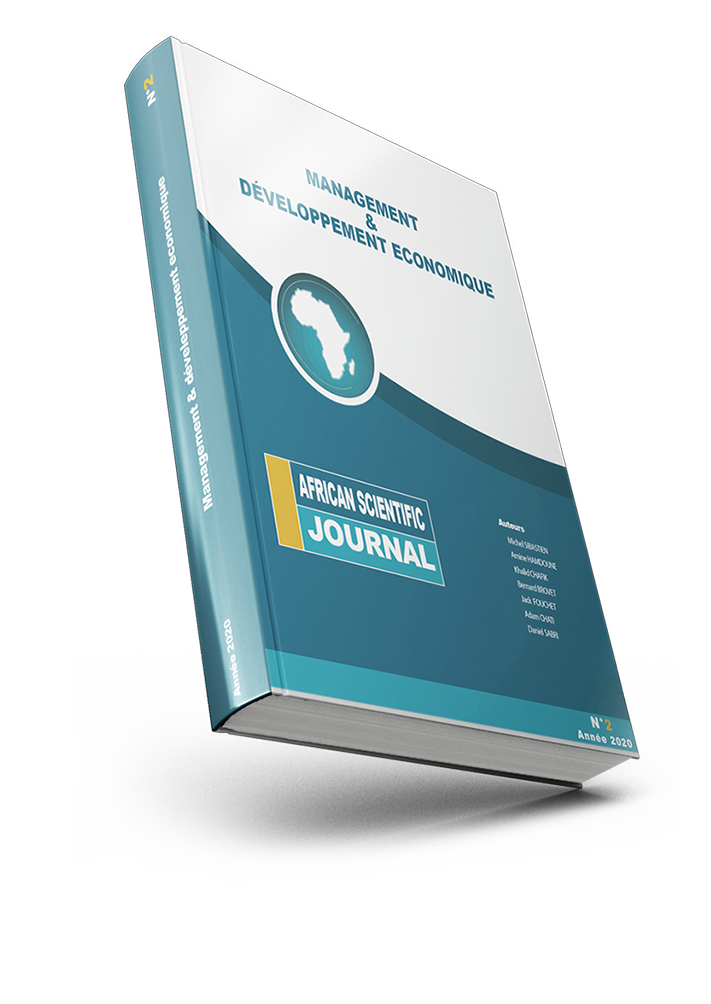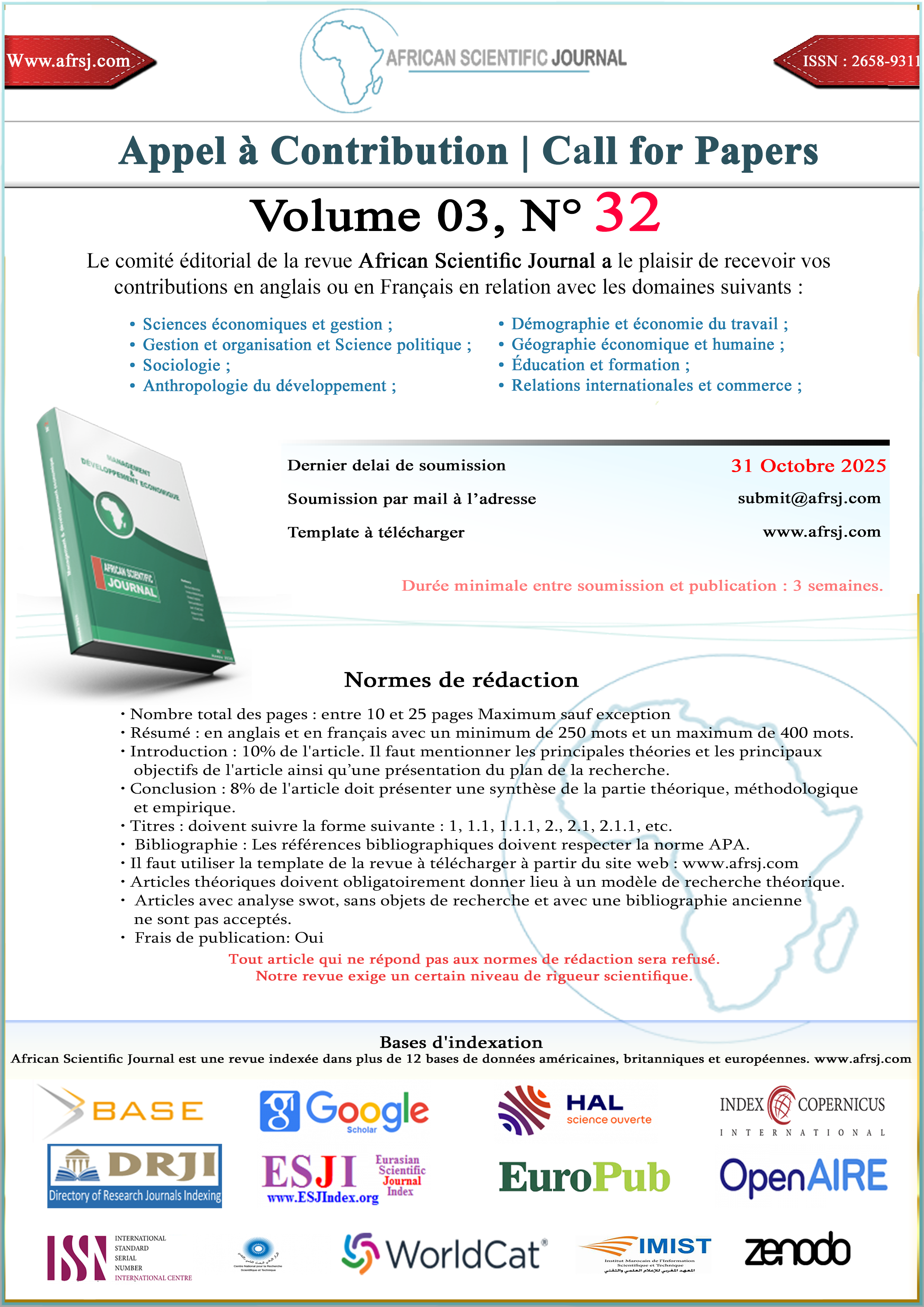Corruption: An overview of measurement indicators
DOI:
https://doi.org/10.5281/zenodo.6340922Abstract
This paper critically examines the methodology of measuring corruption from first to third generation of indicators. Indeed, the issue of quantifying acts of corruption is central because the choice of measurement method can significantly influence our thinking about the determinants, mechanisms and impact of corruption on the economy. We provide a conceptual categorization of the different measurement methods while comparing the three generations of indicators in terms of objectives, methodology and implications. We also critically analyze the different indicators, mainly those based on perceptions.
Based on the results, it appears that the generations complement each other in terms of objectives, products, target groups and approaches. Nevertheless, the third generation indicators, although costly, seem to be the most reliable in that they are based on concrete, context-specific data, unlike the perception-based indicators. Therefore, it is of utmost importance to carefully select the type of indicator used, as the results, conclusions and implications may differ significantly depending on the type of indicator used.
Downloads
Published
How to Cite
Issue
Section
License
Copyright (c) 2022 African Scientific Journal

This work is licensed under a Creative Commons Attribution-NonCommercial-NoDerivatives 4.0 International License.





















